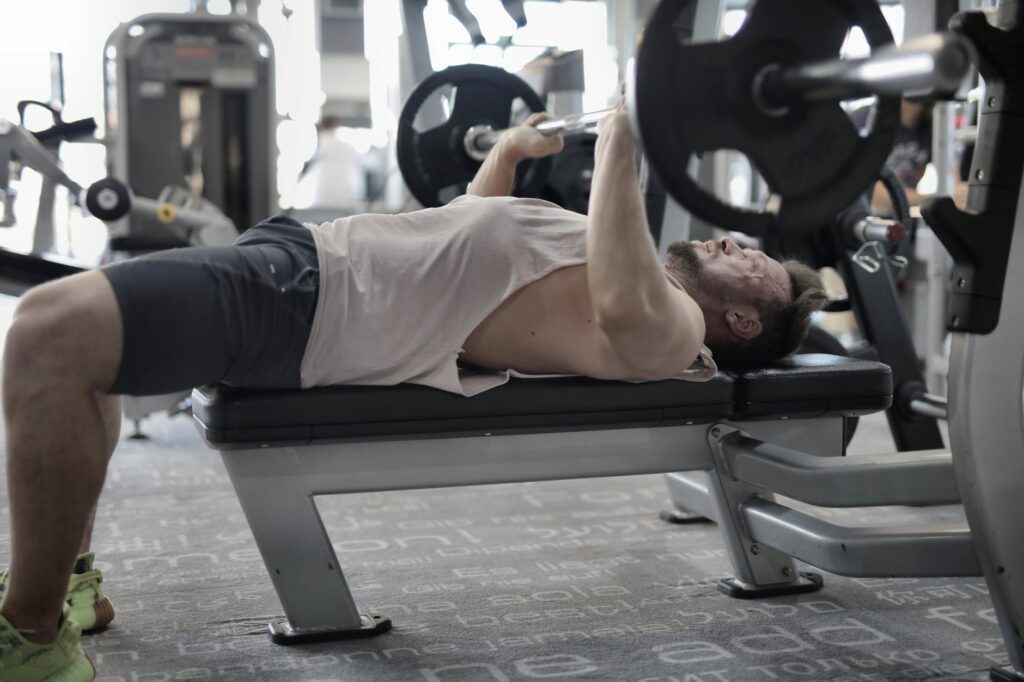Do I Need to Periodize?
The main value of periodization for all trainees comes from the fact that you cannot optimally impro...
| October 26, 2021
Warning: Undefined variable $post in /home/u355111447/domains/wellnessadept.com/public_html/wp-content/plugins/oxygen/component-framework/components/classes/code-block.class.php(115) : eval()'d code on line 3
Warning: Attempt to read property "ID" on null in /home/u355111447/domains/wellnessadept.com/public_html/wp-content/plugins/oxygen/component-framework/components/classes/code-block.class.php(115) : eval()'d code on line 3
Read time: 4 min.

My favourite way to educate my athletes is, and always will be, in-person sessions. The benefit they receive vastly outweighs what I can offer them online. I prefer this, mainly because I pay high attention to small details when training my clients. Looking at compound movements and exercises, the best way to be successful at moving weight synergistically, or as a tight unit, is making sure that every angle and mind-muscle connection is addressed.
Every athlete I have trained has different mechanics, levers, biology, the way their nervous system acts and reacts. So, every single person has a training method individualized to them and this is what makes training so fascinating, and a major part of why I love being a trainer and coach. There is always so much to do and always something new to learn, even as a trainer.
Now, let’s get into the 3 major lifts: squats, bench press and deadlifts also known as SBD in powerlifters’ worlds.
Squatting—here are a few things to look for when building a solid squat. (There are several approaches to powerlifting and strength training which in essence is the beauty of it). While back squatting, one thing that is commonly overlooked is stretching the anterior hip flexor and quad, the rectus femoris. It is quite often that many athletes and gym goers do not stretch at all. But, dynamic stretching done 10 minutes prior to your heavy lifting bouts, will make a big difference.
The glute should always be elongated and moved around before training with heavy squats and internal and external femoral rotation go a VERY long way. These areas along with the psoas, ensure safe and fluid movement and are extremely useful at protecting the back while doing so. The more room that a muscle has to move through a specific range, the more safe the person doing the movement is.
If you are under a heavy load, especially one that is above an 80 percent marker of your maximum lift, your body is going to complete the action, especially when you have started eccentrically loading the movement. However, the muscles you use on the concentric contraction or on the way back up from the squat position, will be depicted by the amount of stretch reflex they are able to create.
Torso position is something that should be worked on time and time again with squats. It is extremely important, not only to the squat, but also the deadlift. Brief suggestions on how to improve torso position, are using the safety squat bar, and loading onto the anterior chain whether that be through front barbell squats or goblet dumbbell squats. When placing hands on the bar, the athlete should ensure they have their hands positioned where they can best utilize the shelf, or tightly securing the bar to their back while taking the load off of their elbows. Tightly stack the ribs, keep the rib cage down, torso up and erect, and the elbows as far under the bar as possible. You may often see someone squatting a heavy load and their elbows flare backwards. This is generally a cause of having tight pectoral muscles or rotator cuffs, especially (but, not exclusively) the subscap. Torque the foot through the floor, drive the knees out both eccentrically and concentrically and watch those squats fly!
The second compound lift, the bench press, in my opinion is the most difficult to master and is the most technical. Creating and utilizing the hip drive is a crucial point to successfully bench. I wedge myself into the bench with my feet up to begin, then after driving my shoulder blades into the bench (an A7 shirt is useful for this) I can then bring my feet down (preferably wide) so that my glutes do not rise off the bench when I drive, and I always think to myself, push backwards on the bench not up, while maintaining a consistent bar path.
This cue will allow you to utilize your eccentric movers (posterior delts, rhomboids, lats, back muscles) to create upward force through the push. Bend the bar out as if you are trying to drive the thumb up, and grip hard with the pinkies to mitigate elbow pain (we all need that sooner or later, the sooner you can prevent it the better) Depending on the levers and extremities of the athlete, a more narrow or wider bench press may be required. It is good to use sub 80 percent loads to figure out a method that fits you before lifting your maximum weight.
The last major compound, the deadlift. Regardless of your desired method (conventional / sumo) make sure you pull slack out of the bar, never yank it (that will do you no good besides straining either your back or shoulder). Always remind yourself after the hands are locked on the bar, shoulder EXTENSION not RETRACTION, this means you pull your shoulder blades vertically down to your side. You do not retract your shoulder blades backwards towards your posterior chain, this can increase the potential of excessive thoracic extension and can create negative torque tension on the lower lumbar and S joint area. Always feel your feet before performing your movement and over everything, be patient and take your time, make sure your body is tight, and working as a unit.
New articles, content with tips, inspiration, and coaching directly to your inbox.